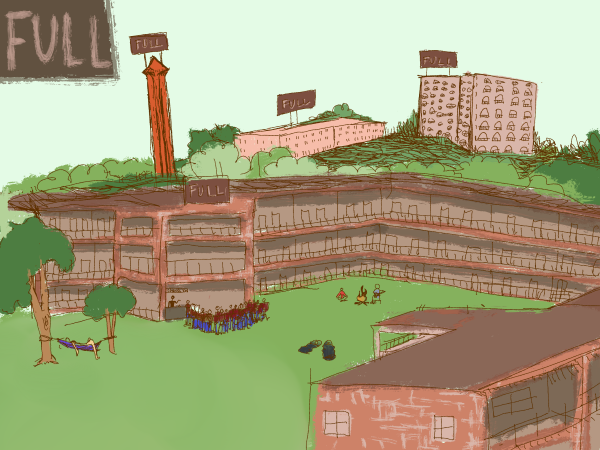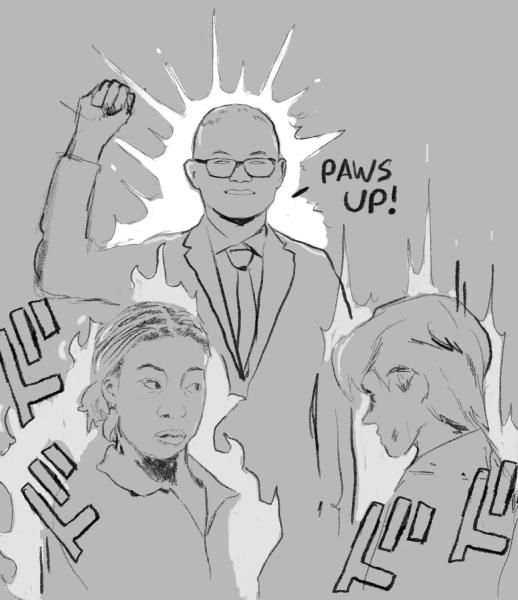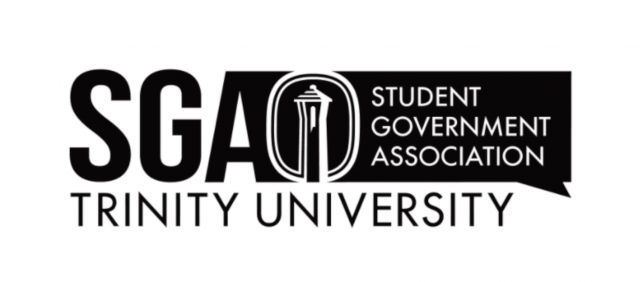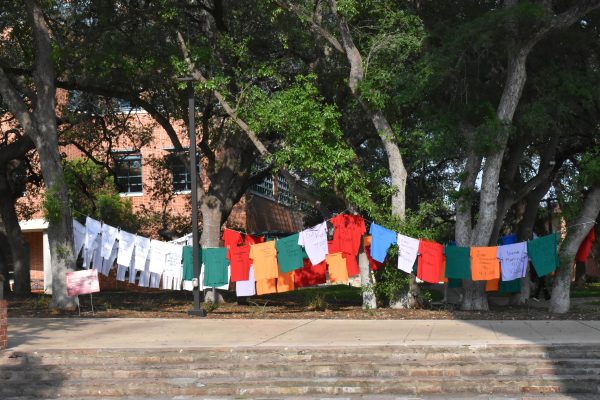Trinity Ranks 55th in First Showing on U.S. News Rankings
Trinity achieves high liberal arts college placement amongst upper-ranking controversies
In the annual U.S. News & World Report (USNWR) college rankings, Trinity University made its national debut, moving out of its previous category of regional west universities after multiple years of first-place wins. In their first appearance in the national liberal arts colleges category, Trinity tied for 55th in a ranking of over 200 colleges from around the country. Alongside their liberal arts ranking, Trinity was ranked 50th in best value schools and 51st in most innovative schools.
Trinity’s first national rankings debuted in a measurement system that prioritizes aspects such as graduation and retention rates, undergraduate academic reputation and faculty resources. Utilizing 17 measures of academic quality, USNWR best colleges rankings aim to look at 1,500 U.S. bachelor’s degree-granting institutions in the country to identify the best colleges for prospective students. Today, Trinity looks to prioritize “enduring excellence, intentional inclusion and perpetual discovery” for their students according to Vanessa Beasley, the newly hired Trinity University president.
Despite the good news for newly ranked or uprising schools, this release of national rankings was not without its share of controversies. At the start of 2022, Michael Thaddeus, Columbia University professor of mathematics, came out with a blog post criticizing his university that caught national attention.
Thaddeus, who specializes in algebraic geometry, conducted a statistical analysis of the school’s reported numbers. After viewing the results, he called the statistics reported by Columbia “inaccurate, dubious or highly misleading,” per his blog.
The blog post resulted in public critiques of the school, forcing Columbia to make a public statement on the event through the New York Times, where they stated that they had “miscalculated some data.” The USNWR rankings reflected the release of Columbia’s information, dropping them from number two overall to a tie for no. 19 with the University of Notre Dame.
Upon the release of this year’s rankings and Columbia’s noteworthy fall, more attention has arisen regarding the credibility of the rankings system as a whole. With the USNWR rankings being seen as a mark of credibility that schools taught to prospective students and their families, various individuals have criticized the groupings put out by the organization and the actual merit of the rankings.
The rankings continue to cause a stir in the educational world, but the most recent evidence has shown that readers ought to look at them with a grain of salt. In an interview with the Guardian, Thaddeus openly expressed his distaste for the entire system that USNWR utilizes.
“I’ve long believed that all university rankings are essentially worthless. They’re based on data that have very little to do with the academic merit of an institution and that the data might not be accurate in the first place,” Thaddeus said.
Given his credible research and analysis on the topic, others have taken heed of his words. While substantial resources are available at the schools ranked at the top of annual rankings, Thaddeus argued, “A better outcome would be if the rankings themselves are knocked down and people just stop reading them, stop taking them as seriously as they have.”
Nevertheless, Trinity has been able to take its first step into the national rankings, allowing more attention to come to the school. In the announcement on Trinity’s social media pages, Beasley saw the rankings as an “exceptional debut.” She stated the ranking was a noteworthy reflection of the work of the school’s “students, faculty, staff, alumni and supporters.”
However, “the ranking was not [the school’s] main goal. . .” instead just being “. . . one way to measure how effectively [Trinity] is equipping their students for success during their time at [the school] and beyond,” Beasley said. The university sees this ranking as a good sign of their work for their students and the resources they provide them as they work towards the future.

My name is Joshua Mitra and I'm a sophomore planning to double major in political science and communications. I'm from Boise, Idaho and use he/him pronouns....

My name is Michaela Bosco. I am a sophomore double majoring in Art and Communications as well as minoring in New Media. In my free time, I enjoy drawing,...











